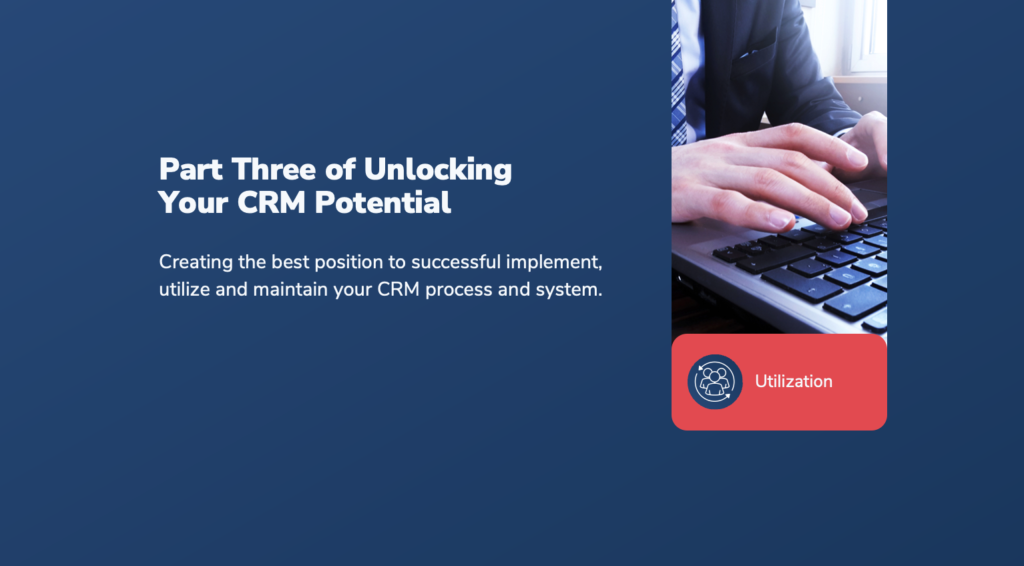It’s happened to all of us, you’ve spent the last week working on a proposal only to find a grammatical error on the first page of your proposal the day after you’ve submitted it to a client. Proper spelling, grammar, and punctuation on proposals are critical. If you submit a proposal that is filled with errors and isn’t written clearly, then it immediately causes problems for the reader. A member of the selection committee who is reviewing your proposal may instantly start to mistrust the information in your submittal, he or she may think, “If this vendor can’t even take the time to edit their own proposal, I wonder how they’ll perform on this contract?” Make the selection members trust your company by submitting a proposal with fewer errors. I have a few tips listed below to help you submit a better RFP response.
- Always have someone else look at your proposal or RFP before submitting to a client. When you’ve been working on a proposal, you start to see what you want to see and not what the text actually says. If you can find a fresh set of eyes to review your RFP response before you submit, you’ll be amazed by how many errors your reader will find. If the product or service you sell is extremely technical, you may need two editors. You may need one editor who has the technical acumen to find the more technical errors in your proposal and then a “Grammar Nazi” to find the grammatical errors.
- Keep brushing up on your grammar skills. I am a regular follower of Mignon Forgarty (or “Grammar Girl”) and her terrific weekly podcast and website. One of my favorite resources is the Grammar Devotional. Mignon is fantastic at examining the most common grammatical issues in a very fun and accessible way. As you brush up on your skills, you’ll be amazed at how your writing improves.
- If you have to submit an online proposal, make sure you create all of your answers in a Word document first. No matter how simple the form, make sure you create a Word document that you can share with others for review purposes. Creating a response in Word is also helpful in case you lose your information due to a technical issue with the online form. If you have a copy of your responses in Word, you can easily cut and paste your responses error free.
- Use a style guide. You can eliminate many inconsistencies in your proposals by using a style guide. Consistency is important when you’re working on proposals and sometimes having a guide can end arguments between coworkers. I use the AP Stylebook, but the Chicago Manual of Style is a great resource as well. In addition to using a standard style book, you may also want to create your own company style guide that lists words and formats that are specific to your industry. For example, a civil engineering company may want to have a company style guide that specifies industry specific terms and spellings.
Now you have a few tools to make your next proposal error free. Please contact us if you have any additional questions about producing proposals with fewer errors!




